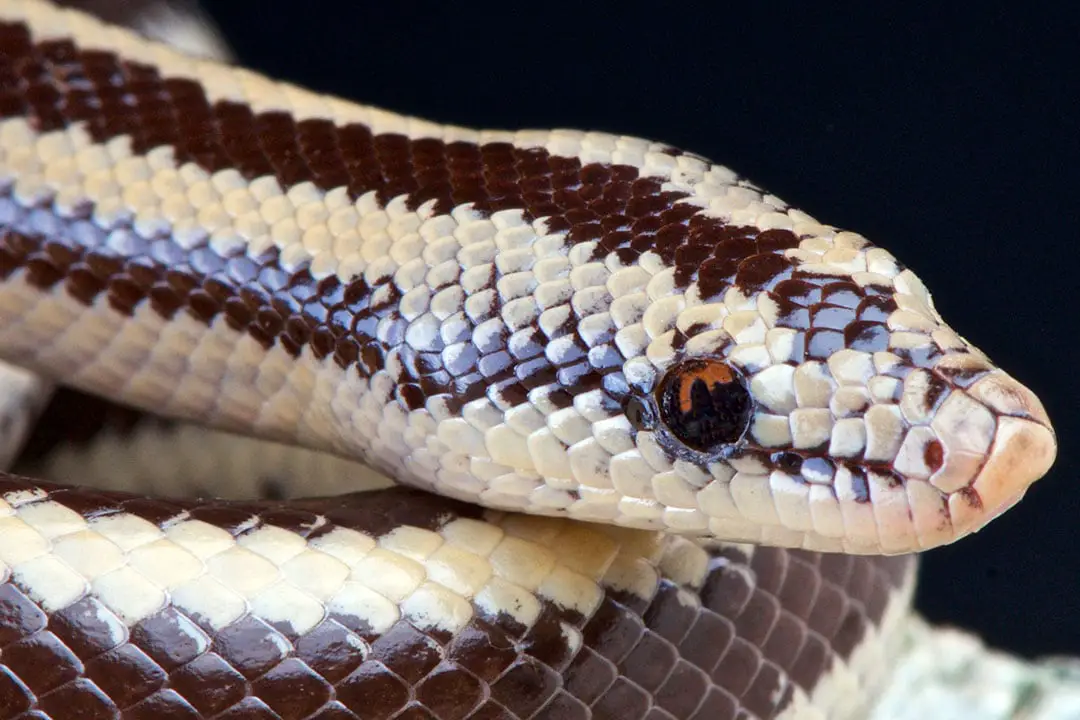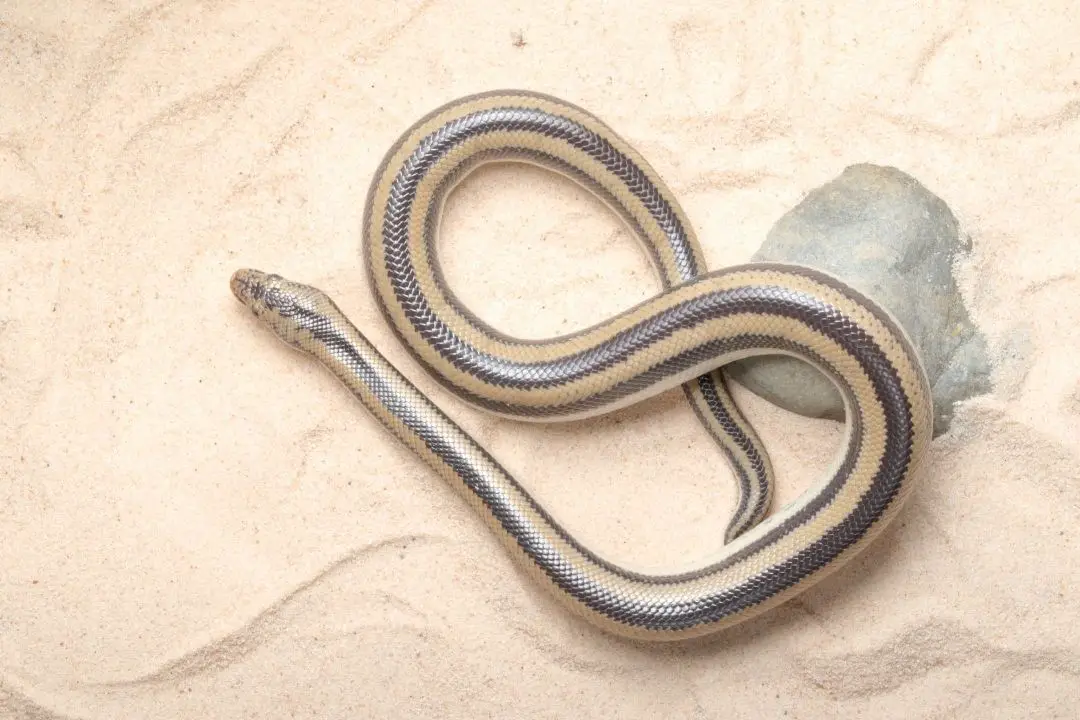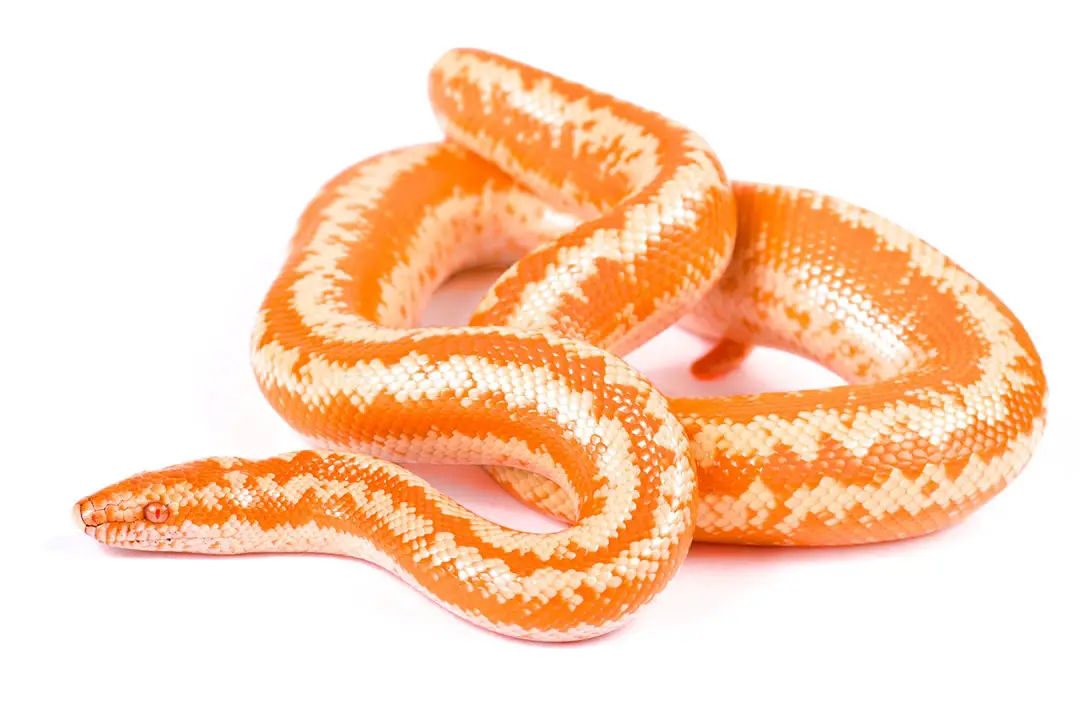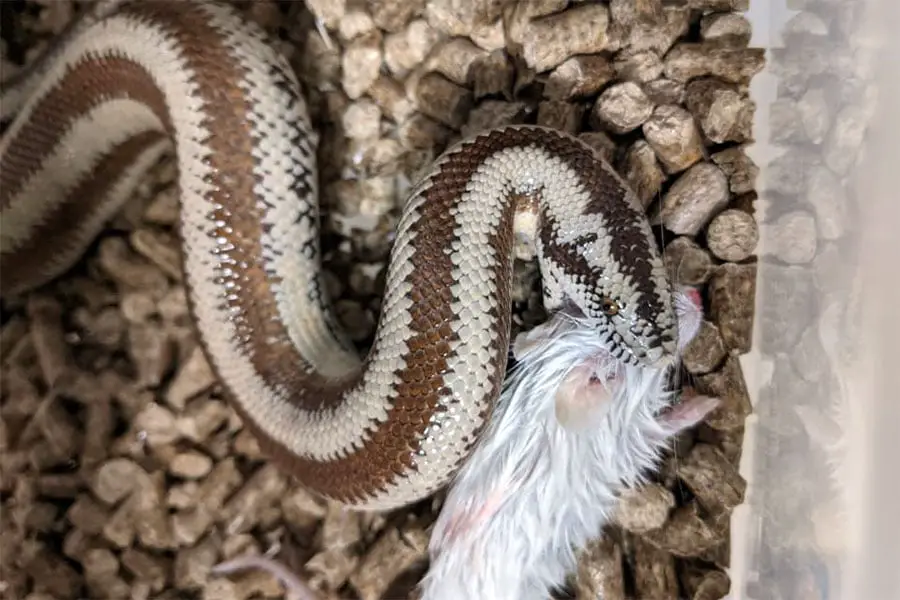There are a lot of reptile enthusiasts out there in the world, and one of the reptiles that tend to be a favorite among snake lovers is the Rosy Boa.
In comparison to conventional pets, snakes tend to have a longer lifespan, which makes them good pets for people who often struggle with the thought of a pet leaving them.
But how long does a Rosy Boa live in captivity?
When kept in captivity, a Rosy Boa can live up to 30 years or maybe even slightly more than that when it is taken care of properly. Meanwhile, because there are more diseases and factors that can affect its lifespan in the wild, a Rosy Boa tends to live only about 15 to 20 years in the wild.
As you can see, the Rosy Boa has a pretty impressive lifespan because it can live up to three decades.
However, just because this snake can live long doesn’t necessarily mean that you shouldn’t take good care of it.
The fact is that the Rosy Boa will only live up to three decades when you actually give it the kind of lifestyle and care that will allow it to live long. That’s why you need to learn more about this snake and how to properly care for it.
Everything you need to know about caring for Rosy Boas in captivity:
Read our Rosy Boa Care Sheet (Complete 101 Guide)
How long does the Rosy Boa live in captivity?
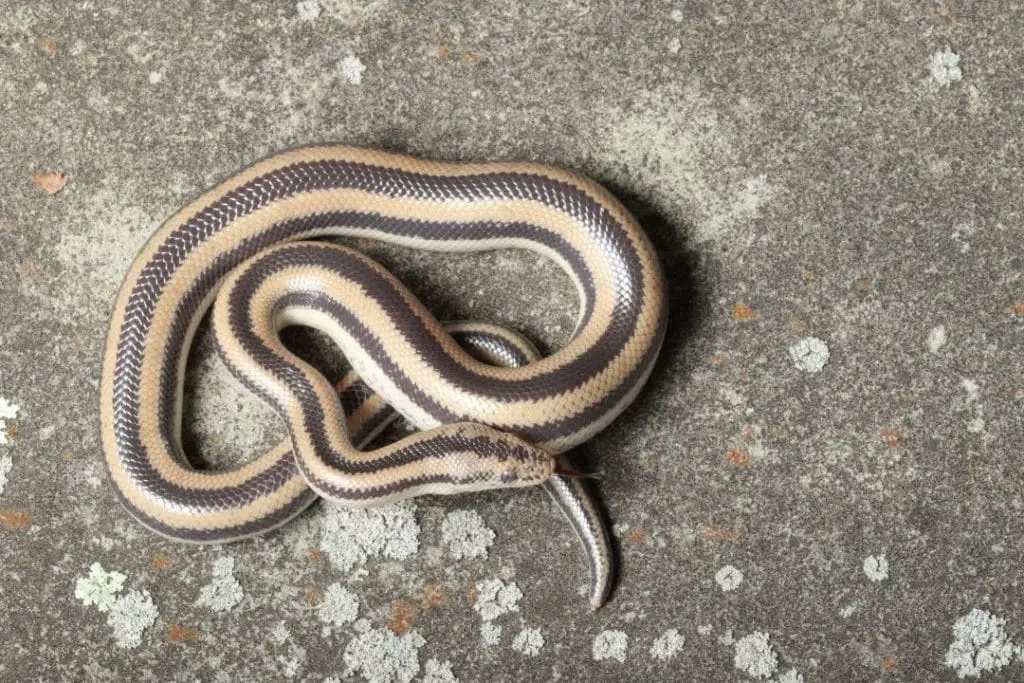
If you are able to see past the common fear of snakes that most people have or if you actually love reptiles and you are intending on getting one as a pet, one of the snakes that you might want to keep as a pet is the Rosy Boa.
After all, the Rosy Boa is actually considered to be a great pet for beginner snake or reptile owners because of the very fact that this is one of the most docile and least aggressive snake species in the world.
This makes it easy to handle for those who are still trying to learn how to take care of and handle snakes as pets.
That said, one of the things that make the Rosy Boa a great pet for beginners and veterans alike is that this is a snake that is not only easy to handle but is also able to live a good and long life when taken care of properly in captivity. But how long exactly does a Rosy Boa live in captivity?
The good news is that Rosy Boas that are raised and kept in captivity are actually capable of living up to 30 years, give or take. You may be able to get an extra year or two depending on how well your Rosy Boa was taken care of and on the type of living conditions it is in.
This means that this snake is one that does well in captivity as it is capable of living for about three decades, give or take.
Meanwhile, Rosy Boas that live in the wild tend to live for 15 to 20 years. While two decades are still good for a snake, the fact is that they tend to live an extra decade when they are kept under captive care.
That’s because, in the wild, there are plenty of different factors that can affect the lifespan of the Rosy Boa such as the availability of food, the presence of pathogens and diseases, and the sanitation of their food and environment. Of course, natural predators can also greatly shorten the lifespan of a Rosy Boa.
That said, you can be sure that, when you take good care of your Rosy Boa, this snake will live a very long life and will be a pet that you can keep for about three decades. However, this can only happen if you actually take good care of your Rosy Boa, of course.
How to maximize a Rosy Boa’s lifespan
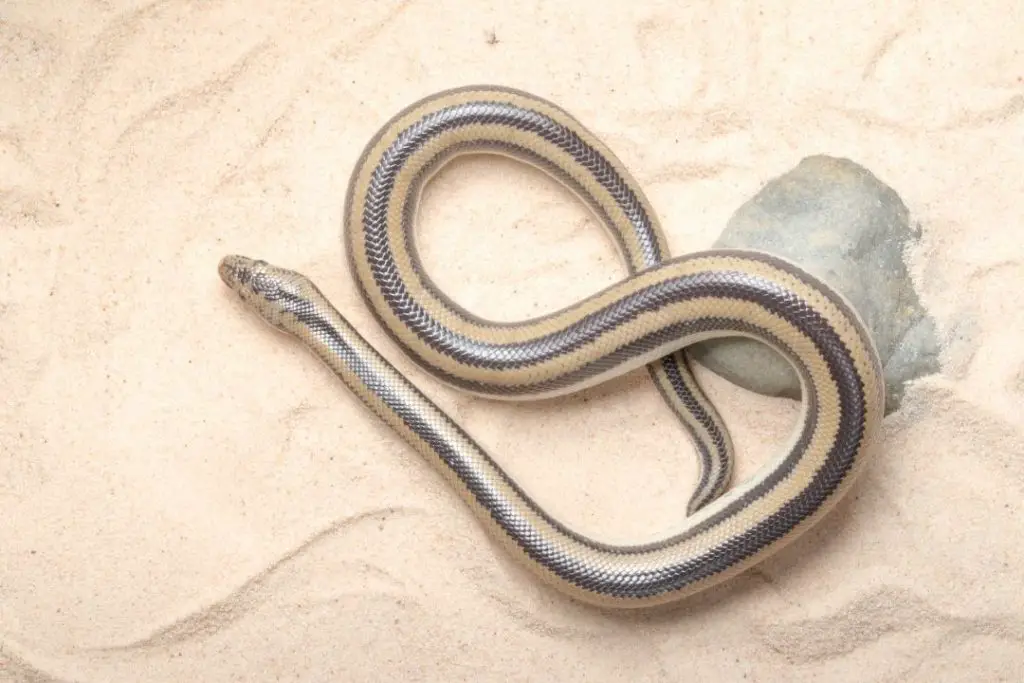
Now that you know that a captive Rosy Boa can live up to 30 years when taken care of properly, what are the different things that you can do to make sure that you maximize its lifespan? To answer that question, we have to look into how you can properly care for your Rosy Boa.
Provide enough space
The Rosy Boa’s enclosure is one of the most important parts of taking care of this snake. Other than the fact that you don’t want it to escape and possibly injure itself or fall victim to natural predators, you want to make sure that your snake stays in a habitat that is as secure, safe, clean, and ideal as much as possible.
That said, you will be surprised to know that simple caging works really well when it comes to keeping a Rosy Boa.
The most important part of its enclosure is that it should be escape-proof so that you don’t want your snake to try to pass through small gaps in its enclosure.
This is why you should use screen tops and cage clips that will keep the enclosure as secure as possible without compromising the air that can easily flow in and out of the snake’s home.
However, you can just simply go to a reptile specialty store and ask for a terrarium or a snake cage that is escape-proof because simple caging really works well for the Rosy Boa.
Let them dig
The substrate also plays an important role because you want to make sure that your Rosy Boa gets to live in an environment that is close to what it is used to in the wild.
This is why you should use a simple substrate that can help keep the habitat comfortable and moist. In most cases, Rosy Boas will already do well with paper towels and newspapers as their substrate.
Make sure that the substrate is about two inches deep so that you can allow your snake to burrow in it when it wants to feel safe and secure. Also, it is important to make sure that you spot clean the substrate about twice a week using reptile-safe cleaning solutions. Replacing the substrate every after two months could also be a good idea to prevent bacteria from building up.
Keep them well fed
Of course, you can never forget about Rosy Boa’s food when it comes to keeping this snake healthy and happy. And the best part of it all is that the Rosy Boa tends to do well on a diet that consists of the common reptile food such as the domesticated mice.
In fact, Rosy Boas can easily live on a diet of domesticated mice throughout their entire lives while maintaining their health as long as you don’t overfeed or underfeed them.
Meanwhile, younger Rosy Boas can do well on a diet consisting of pinky mice. However, as they grow older, you should slowly transition them to domesticated mice that are small enough to fit their mouths.
It is important to feed your Rosy Boa two to four times monthly during spring, summer, and fall. Meanwhile, allow it to hibernate during winter as feeding is not necessary during that season.
This will allow you to have a more responsive Rosy Boa come spring.
Hydration
The Rosy Boa is healthier when there is no consistent source of water. It might sound odd but this actually works as you can provide your Rosy Boa with water maybe once a month only.
And when you offer your snake water, make sure that you wait at least a day after it eats because it will regurgitate its meal when you offer it water soon after its last meal. The best way to offer your Rosy Boa water is through a small plastic cup that you can remove easily.
